- Home
- About
- Hospitals
-
Treatments
- Orthopedic & Spine
- Knee Replacement
- Carpal Tunnel Release
- Rotator Cuff Repair
- Meniscus Repair / Meniscectomy
- Total Hip Replacement (THR)
- Total Shoulder Replacement
- Arthroscopy
- Ligament Reconstruction
- Spinal Fusion
- Discectomy
- Laminectomy
- Spinal Decompression
- Vertebroplasty and Kyphoplasty
- Fracture Repair
- ACL Reconstruction
- Tendon Repair
- Osteotomy
- Amputation
- Pediatric and Adult Cardiac
- Neuroscience
- Oncology
- Nephrology & KTP
- Gastroenterology & Hepatobiliary
- Obstetrics and Gynaecology
- Infertility
- Dental & Maxillofacial
- Plastic & Cosmetic Surgery
- Rhinoplasty
- Blepharoplasty (Eyelid Surgery)
- Facelift (Rhytidectomy)
- Breast Augmentation (Mammoplasty)
- Breast Reduction (Mammoplasty)
- Breast Lift (Mastopexy)
- Liposuction
- Abdominoplasty (Tummy Tuck)
- Brazilian Butt Lift (BBL)
- Lip Augmentation
- Breast Reconstruction
- Cleft Lip and Palate Repair
- Scar Revision
- Burn Reconstruction
- Botox Injection
- Ophthalmology
- Otolaryngology (ENT)
- Endocrinology
- General and Minimal Invasive Surgery
- Pulmonology
- Rheumatology
- Urology
- General Medicine
- Ayurvedic Treatment
- Orthopedic & Spine
- Doctors
- Contact Us
Prostatectomy
Prostatectomy is a surgical procedure performed to
remove the prostate gland, either partially or entirely. This procedure is most
commonly used to treat prostate cancer but may also be performed for
non-cancerous conditions like benign prostatic hyperplasia (BPH) when other
treatments have not been effective. There are different types of prostatectomy,
and the choice depends on the specific condition and its extent. Here's an
overview of prostatectomy:
Types of Prostatectomy:
- Radical Prostatectomy: This is the most common type of prostatectomy used for prostate cancer. It involves the complete removal of the prostate gland along with nearby lymph nodes. The surgeon may perform a radical prostatectomy through open surgery, laparoscopic techniques, or robotic-assisted methods. The choice of approach often depends on the surgeon's expertise and the patient's individual circumstances.
- Partial Prostatectomy: In some cases, only a part of the prostate is removed. This is often done when the cancer is limited to one area of the prostate and sparing the rest of the gland can help preserve urinary and sexual function.
- Simple Prostatectomy: This is typically used to treat benign prostatic hyperplasia (BPH), which is the non-cancerous enlargement of the prostate. During a simple prostatectomy, only the enlarged part of the prostate that is causing urinary obstruction is removed, leaving the rest of the prostate intact.
Purpose:
- Prostate Cancer: The primary purpose of a radical prostatectomy for prostate cancer is to remove the cancerous tissue and potentially cure the disease. It is often recommended when the cancer is localized and has not spread beyond the prostate.
- BPH:
Simple prostatectomy is used to treat BPH when it leads to significant
urinary symptoms and other treatments have not been effective. It helps
alleviate the obstruction of the urethra caused by the enlarged prostate.
Anesthesia and Recovery: Prostatectomies are performed under general anesthesia, and the recovery time can vary depending on the type of procedure and the patient's overall health. Open surgery typically requires a longer recovery period compared to minimally invasive techniques like laparoscopic or robotic-assisted prostatectomy.
Risks
and Complications: Potential risks and
complications of prostatectomy include infection, bleeding, urinary
incontinence, erectile dysfunction, damage to nearby structures, and, in the
case of cancer, the possibility of recurrence or the spread of the disease.
Before
undergoing a prostatectomy, patients should discuss the procedure, potential
risks, benefits, and the expected outcomes with their urologist or surgeon. The
choice of procedure and the decision to proceed with surgery should be based on
a thorough evaluation of the individual's condition and shared decision-making
with their healthcare provider. It's also important to consider the potential
impact of the surgery on urinary and sexual function and quality of life.
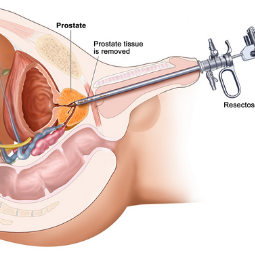


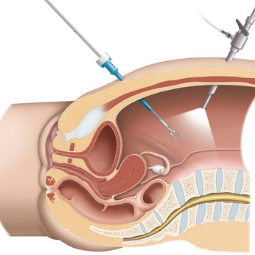

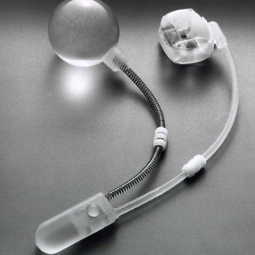
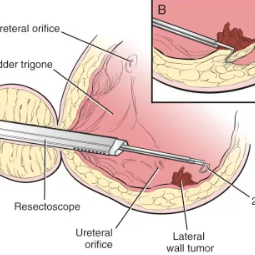
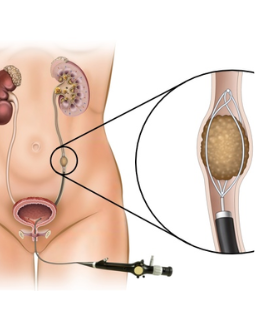
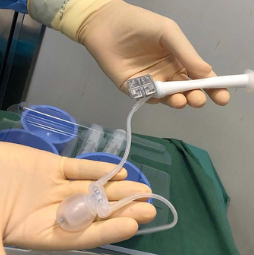
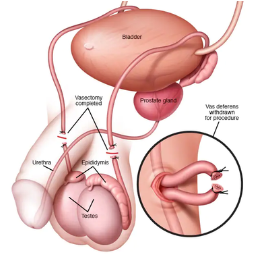
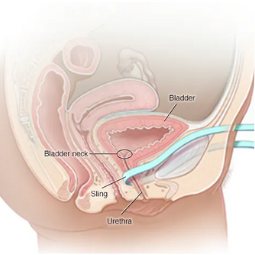
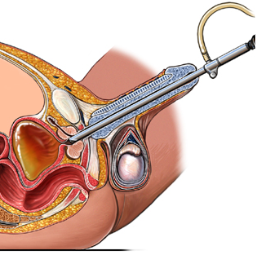
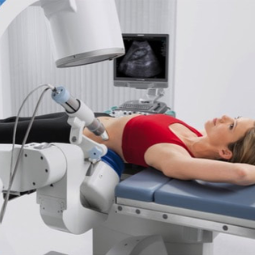
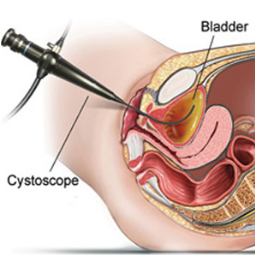
.png)